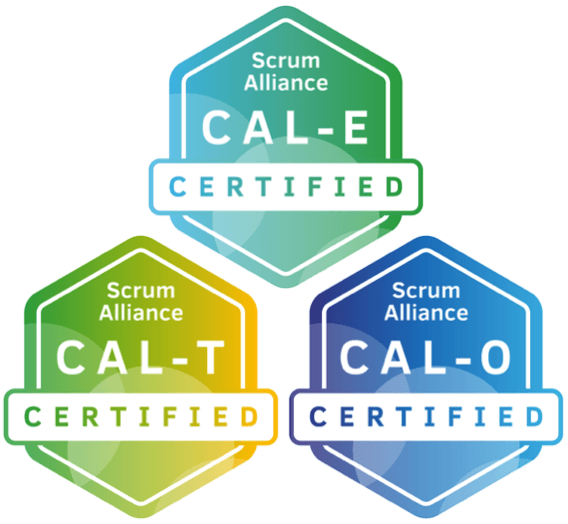Change is Coming
Change is a constant in life, the only thing that can reoccur over and over again and is inevitable is change. Change management is one of the aspects of management. In a workplace, management is a priority to keep the business going, there might be difficult times, plans might not work out, the economy might affect the business, but effective management is a major tool to keep the business alive in the midst of challenges.
Change management is a process that should never stop because change itself doesn't happen once. Ongoing change management is needed due to the growth of the business, recruitment of new employees, expansion of business activities and territories etc.
Factors leading to change can be implicit or obvious. Administrators are relied upon to direct and anticipate change with the goal that organizations can profit by it. In fact, Pantea (n.d) of the University of Aard, Romania proposed that the Lewin's Change Process model is that the change procedure, in the long run, includes a learning background and additionally the practicality to forsake the "present demeanor's, practices, or authoritative practices."
Operational or Authoritative Change
The strengths of progress can at times be scaring and may incorporate figure of changing financial conditions, changing purchaser inclination, mechanical and logical variables, globalization and rivalry, and last however not minimal, changes in the lawful scene.
Reaction to the strengths of the progress of change management may require key change or operational change. Vital change is authoritative wide and needs to do with hierarchical change. While vital change has a long haul center, operational change has prompt impact on working course of action inside a part of the organization. Operational change concentrates on components like new frameworks, systems, structures or innovation. Authoritative change can be static or element.
Sensible, Feasible and Practical
Change management in the workplace requires key thinking and arranging, also great execution and partners consultation. The change sought must be sensible, feasible and practical.
In conclusion, there is need for ongoing change management in the workplace so as to keep up with business operation, smooth running of the organization and continuous profit making irrespective of the external forces of change in the business environment.
At voolama we used tried and tested techniques to make your change as seamless as possible. Contact us for more information +1 901 401 FLOW (3569) or email dean.brown@voolama.co
These views are those of Dean Brown in his capacity as Founder and CEO of voolama LLC. These views do not represent those of any company that I am employed or affiliated with either at this time or in the past.
Want More Information?
Get in touch, we would love to spend some time talking about your needs and showing how voolama can provide value.
Contact Us
We will get back to you as soon as possible.
Please try again later.



Ready to get started?
Chat with one of our lead consultants.
Contact Us
We will get back to you as soon as possible.
Please try again later.
All Rights Reserved | voolama LLC
voolama.co © 2021 by Dean Brown is licensed under CC BY-NC-ND 4.0






